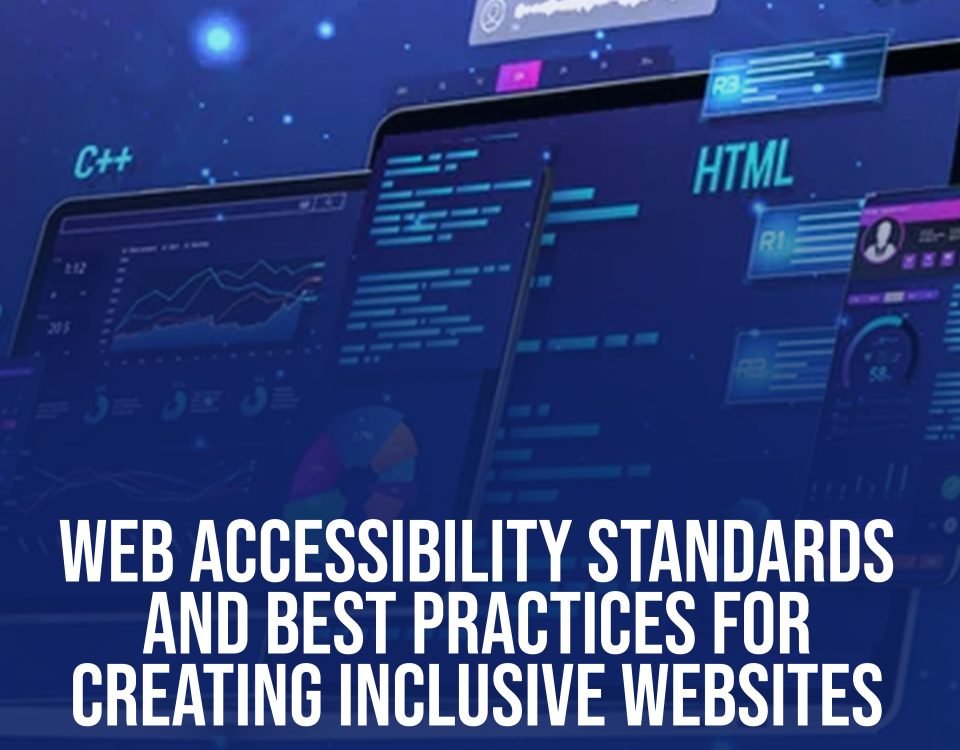Web accessibility standards and best practices for creating inclusive website
Not everyone has easy access to and use of websites. Some people find it challenging to use the internet because of limits or disability. This is the role of web accessibility.
Here are some key web accessibility standards and best practices to keep in mind when designing and developing websites:
- Provide Alternative Text for Images: Use descriptive alt text for images so that people who use screen readers can understand the content of the image. Alt text should convey the image’s purpose and meaning concisely and descriptively.
- Use Semantic HTML: Use HTML markup in a way that reflects the structure and meaning of the content. This helps screen readers and other assistive technologies understand the content and navigate it more easily.
- 3. Ensure Keyboard Accessibility: Make sure that all interactive elements on the website can be accessed and operated using a keyboard alone. This is important for people who cannot use a mouse or other pointing device.
- Provide Captions and Transcripts for Multimedia: Provide captions for videos and transcripts for audio content to make them accessible to people who are deaf or hard of hearing. This ensures that everyone can access the information presented in multimedia content.
- Use Descriptive Link Text: Use descriptive link text that clearly indicates the destination of the link. Avoid using generic phrases like “click here” or “read more,” as they may not provide enough context for people using screen readers.
- Ensure Color Contrast: Ensure that there is sufficient color contrast between text and background colors to make content readable for people with low vision or color blindness.
- Test for Accessibility: Regularly test your website for accessibility using automated testing tools and manual testing methods. This helps identify accessibility issues and ensures that your website is usable for all users.
By following these web accessibility standards and best practices, we can create websites that are inclusive and accessible to everyone, we can ensure equal access to information and opportunities online.









